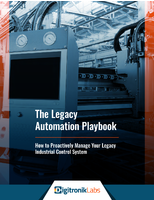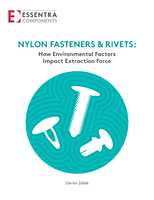Atlas® Material Testing Technology Optimizes Weathering Simulation
Partners with SCHOTT to develop advanced filter solution to simulate sunlight
April 30, 2009, (Chicago, IL / Elmsford, NY) -
In today's competitive markets, car manufacturers are facing increased pressures to get their products to market quickly. In particular, the paint used on the car's exterior is one crucial aspect leading to a timely sale of a vehicle. The paint on a car plays a significant role in the aesthetic appeal to attract consumers and how that paint endures over the lifetime of the car is a determining factor in the pride of ownership of the vehicle. Manufacturers have come to rely primarily on accelerated laboratory weathering tests to track the durability and longevity of automotive exterior paint. To meet this requirement, Atlas Material Testing Technology developed the Right Light(TM) filter, which used with a xenon light source, simulates environmental conditions at an accelerated rate.
In an extraordinary, three-company collaboration, Dr. Mark Nichols of Ford Motor Company, Dr. Franz Ott of SCHOTT Rohrglas, and Kurt Scott of Atlas, developed specifications for the "perfect xenon lamp filter" to duplicate sunlight in the laboratory.
Sunlight is the most critical stress factor for materials exposed to the elements (i.e. exterior car paint); its precise duplication has been a perennial challenge for those tasked with developing accelerated weathering tests. According to Kurt Scott, Technical Director of Corporate R&D at Atlas Material Testing Technology, a worldwide leader in accelerated weathering technology, terrestrial sunlight is particularly difficult to duplicate in a laboratory because it rapidly increases from barely measurable irradiance, to very significant levels (several orders of magnitude) over a very narrow wavelength range.
Recent applications done with the Right Light(TM) filter combined with xenon-arc lamp technology have shown that material degradation more closely matches that of end-use service environments. Additionally, since the cut-on to the short wavelength UV matches natural sunlight so well, experimenters can increase irradiance levels for greater acceleration without compromising correlation.




